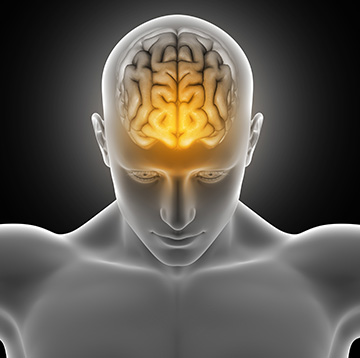Migraine is a common, chronic, incapacitating, multifactorial disorder, mainly neurovascular, characterized by recurrent and severe episodes of pulsatile headache with systemic or neurological symptoms.
Symptoms include headache, nausea or vomiting, painful avoidance of light and sound, and aggravated by regular physical activity or its avoidance.
The symptoms of migraine have many consequences in daily life and social activities, psychological aspects, loss of working hours, etc.
These vary among individuals, and different symptoms may occur during different attacks. Migraine attacks can also differ in duration and frequency, generally lasting from 4 to 72 hours.
Most migraine attacks start at puberty and affect people between 35 and 45 years old. The prevalence is higher in women (5-25%) than in men (2-10%). The incidence of migraine attacks tends to reach its peak among adolescents and the elderly, older than 60 years (I. E. Morillo et al., R.B. Lipton et al.).
The Global Burden of Disease 2015 study classifies migraine as the fourth cause of years lived with disability in women and the eighth leading cause of men due to its clinical manifestations (pain of moderate to severe intensity, nausea/vomiting, sensitivity to light and sound).
The World Health Association has classified headache as a major health disorder and has rated migraine amongst the top 20 most disabling lifetime conditions.

 Español
Español

